Throughout history, natural disasters have swallowed entire communities, preserving them as time capsules beneath layers of ash, mud, or sand. These buried settlements offer archaeologists unprecedented glimpses into daily life at the moment disaster struck.
Here is a list of 20 historic towns that were buried by natural catastrophes and freezing moments of history beneath the earth.
Pompeii
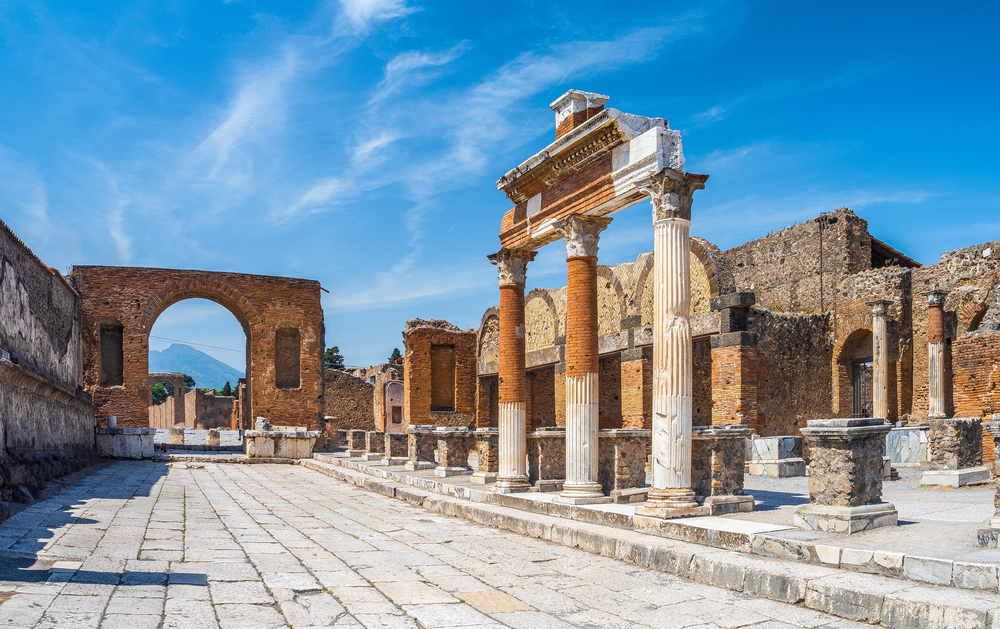
Mount Vesuvius’s eruption in 79 CE created history’s most famous buried city, preserving Roman life in extraordinary detail. The volcanic ash that spelled doom for Pompeii’s residents also created perfect casts of their bodies, capturing their final moments with haunting clarity.
Excavations have revealed elaborate frescoes, graffiti, and even preserved loaves of bread in the city’s bakeries. The site contains over 100 acres of excavated streets, houses, and public buildings that paint a vivid picture of Roman urban life.
The preservation extends to delicate items like wooden furniture and food remnants, providing unprecedented insights into daily Roman life.
Plymouth
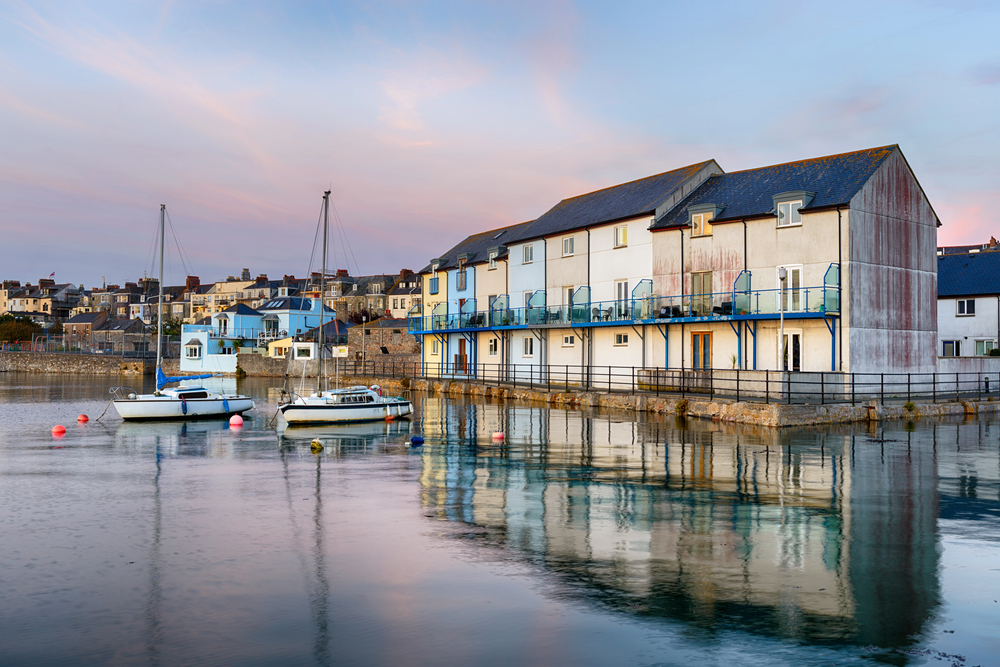
Montserrat’s former capital lies buried beneath 40 feet of volcanic deposits from the Soufrière Hills eruption. The 1997 disaster transformed this Caribbean colonial town into a modern-day Pompeii, preserving everything from grocery stores to government buildings.
Volcanic activity continues to this day, making excavation impossible and adding new layers of material to the buried city. The town’s buildings remain largely intact beneath the ash, creating a time capsule of late 20th-century Caribbean life.
Recent surveys using ground-penetrating radar reveal the ghostly outlines of the buried city’s street grid.
Like Travel Pug’s content? Follow us on MSN.
Armero
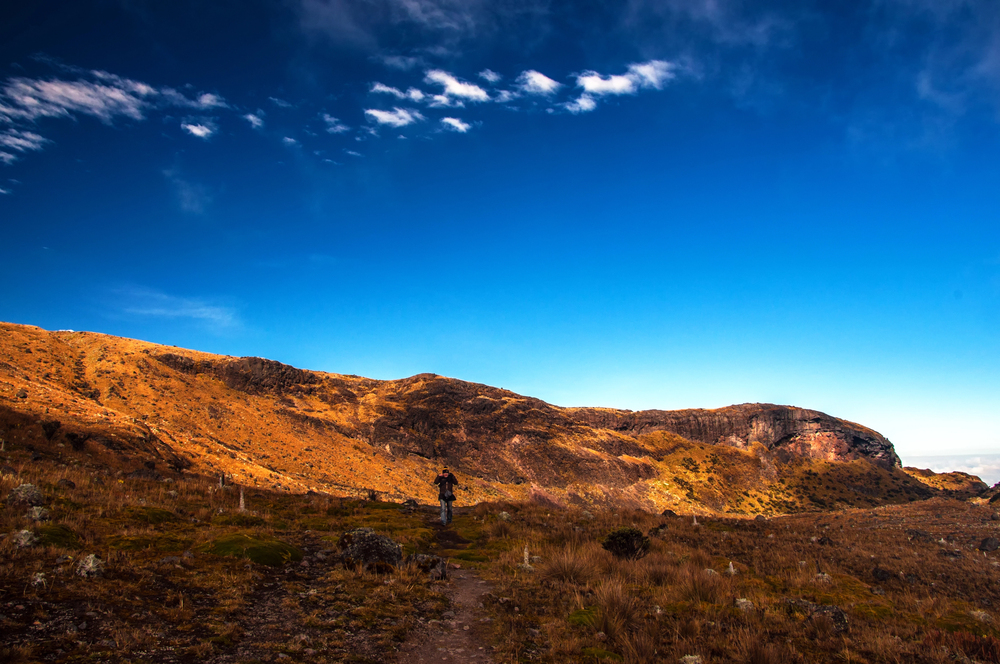
Colombia’s worst natural disaster buried this thriving town beneath 20 feet of volcanic mud in 1985. The lahar from the Nevado del Ruiz volcano swept through Armero with such force that many buildings remained intact beneath the mudflow.
Researchers have documented how the disaster transformed the town’s topography, creating a new landscape atop the buried community. The site serves as a memorial and research location for studying the effects of volcanic mudflows on urban areas.
The buried town has become a case study in disaster prevention, leading to improved volcanic monitoring systems worldwide.
Villa San Lorenzo
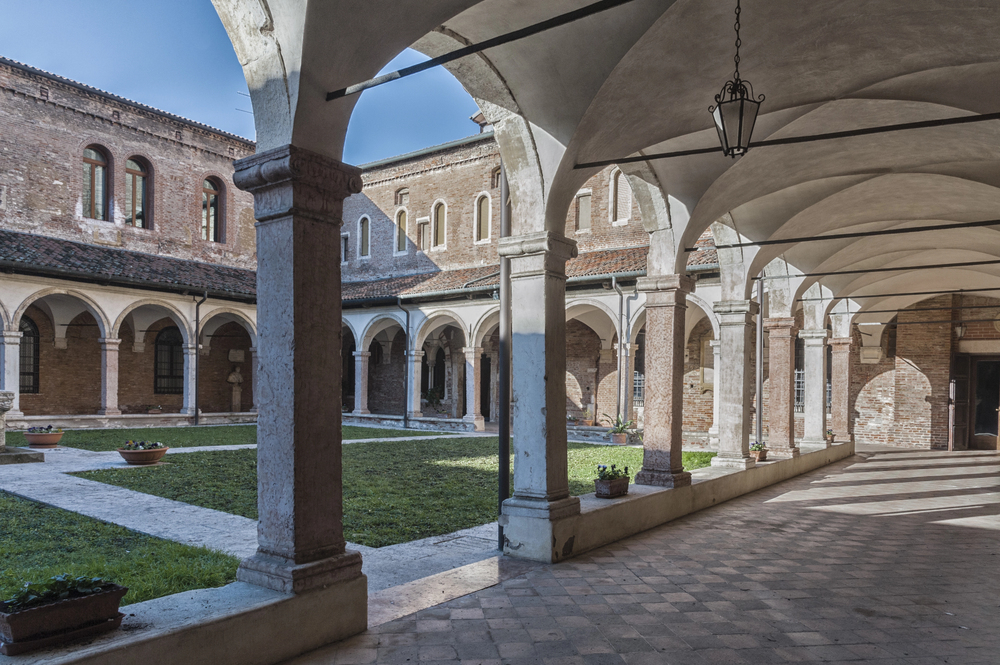
This Chilean mining town disappeared beneath the Atacama Desert’s shifting sands in the 1930s. Recent wind erosion has begun revealing the tops of buildings, offering glimpses into Chile’s nitrate mining boom.
Archaeological surveys have documented remarkably preserved wooden structures protected by the desert’s dry conditions. The site provides insights into early 20th-century industrial communities in one of Earth’s harshest environments.
The buried town stands as a monument to the boom-and-bust cycle of resource extraction economies.
Saint-Pierre
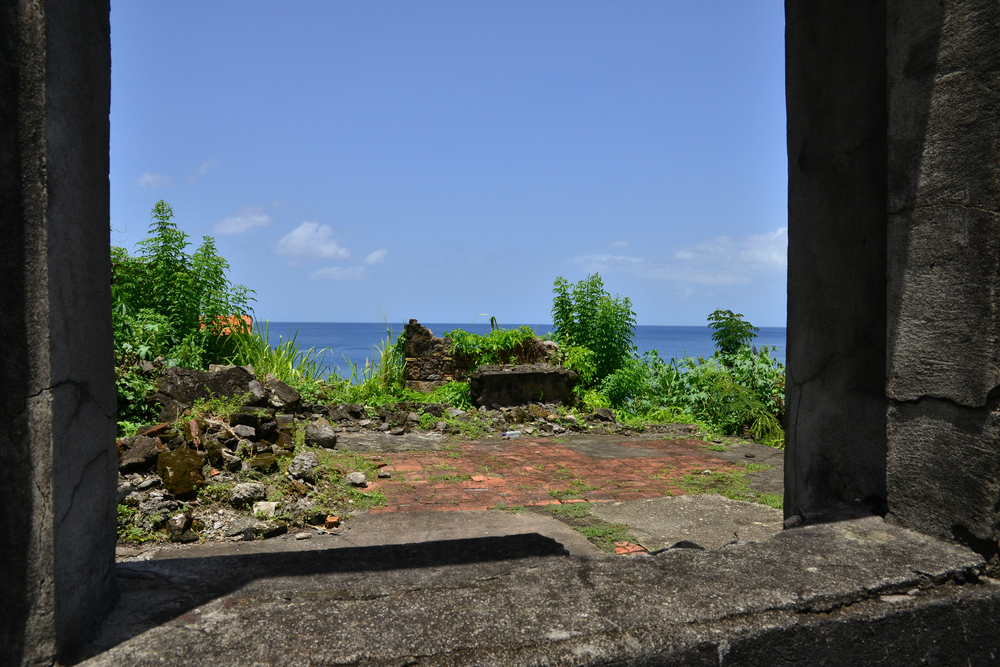
Martinique’s former capital remains partially buried by pyroclastic flows from Mount Pelée’s 1902 eruption. The disaster struck with such speed that it preserved everyday scenes, including half-finished meals on dining tables.
Excavations have revealed imported luxury goods that highlight the town’s status as the ‘Paris of the Caribbean.’ The site contains evidence of the tremendous heat of the pyroclastic flow, including melted glass and metal objects.
Recent archaeological work continues to uncover new insights into life in this colonial-era cultural center.
Like Travel Pug’s content? Follow us on MSN.
Craco

This Italian hill town slowly succumbed to landslides, becoming uninhabitable by the late 20th century. The earth movements that buried portions of the town also preserved medieval structures that might otherwise have deteriorated.
Archaeologists have documented how different soil types affected the preservation of buried artifacts and buildings. The site provides valuable data about long-term landslide processes in historic urban settings.
The partially buried town now serves as a unique laboratory for studying architectural preservation techniques.
Hierapolis
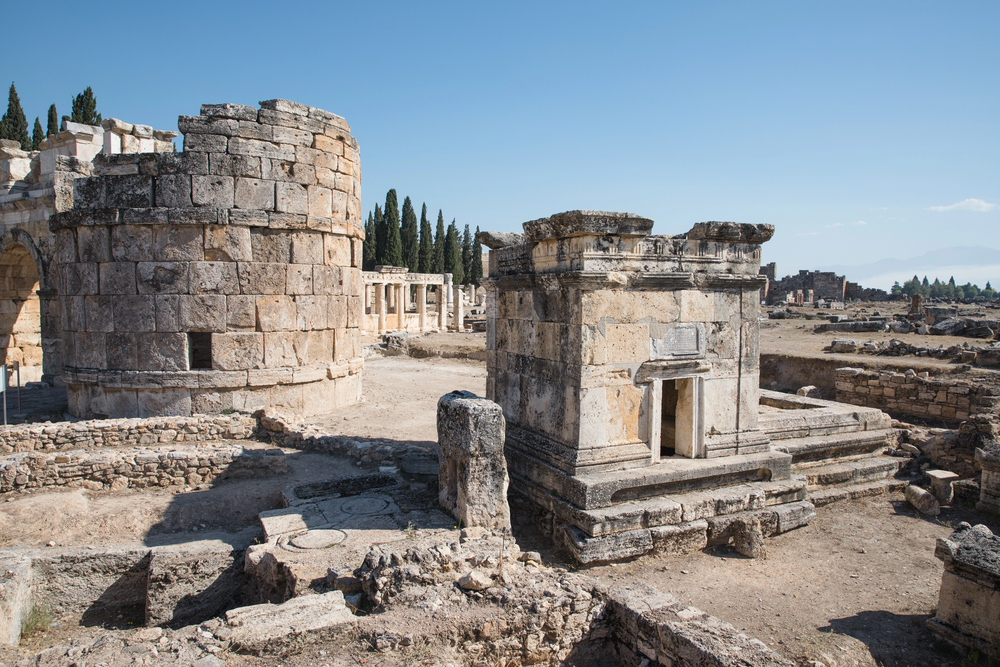
Turkey’s ancient spa city lies partially buried by calcium carbonate deposits from nearby hot springs. The mineral-rich waters that attracted ancient visitors also preserved the city’s structures beneath layers of travertine.
Excavations have revealed remarkably preserved artworks, including rare painted sculptures protected by mineral deposits. The site demonstrates how natural geological processes can both destroy and preserve archaeological remains.
The continuous deposition of minerals creates ongoing preservation challenges for archaeologists.
San Juan Parangaricutiro
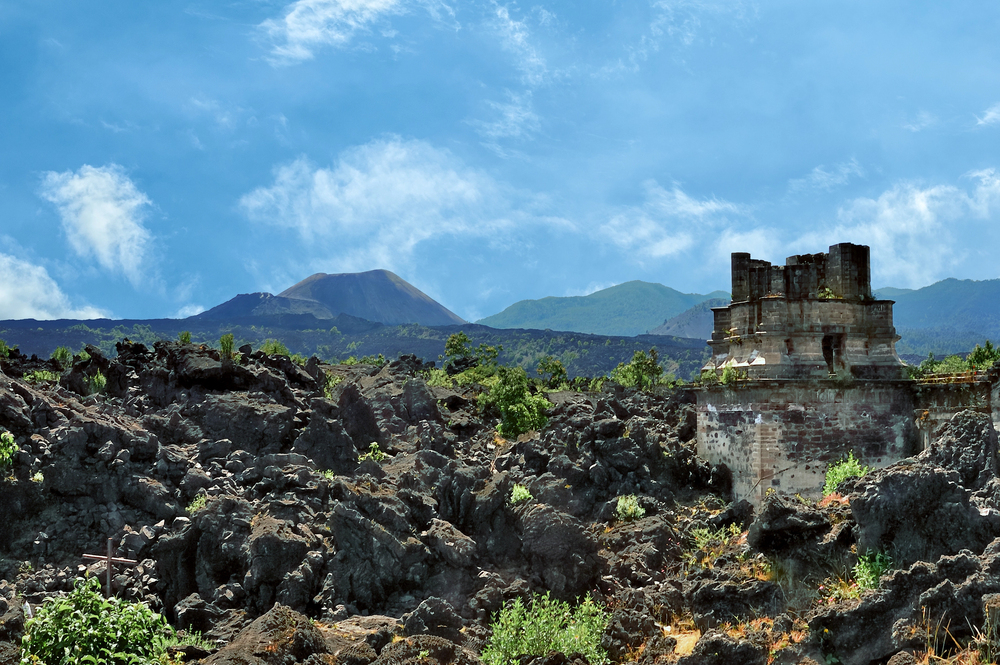
This Mexican town was gradually buried by volcanic activity when the Parícutin volcano emerged from a cornfield in 1943. The church spires rising from the volcanic debris serve as monuments to the town’s fate.
Archaeological studies have documented how different types of volcanic deposits affected the preservation of various building materials. The site provides unique insights into the effects of long-term volcanic activity on an inhabited area.
The buried town has become an important case study in volcanic hazard assessment.
Like Travel Pug’s content? Follow us on MSN.
Stabiae
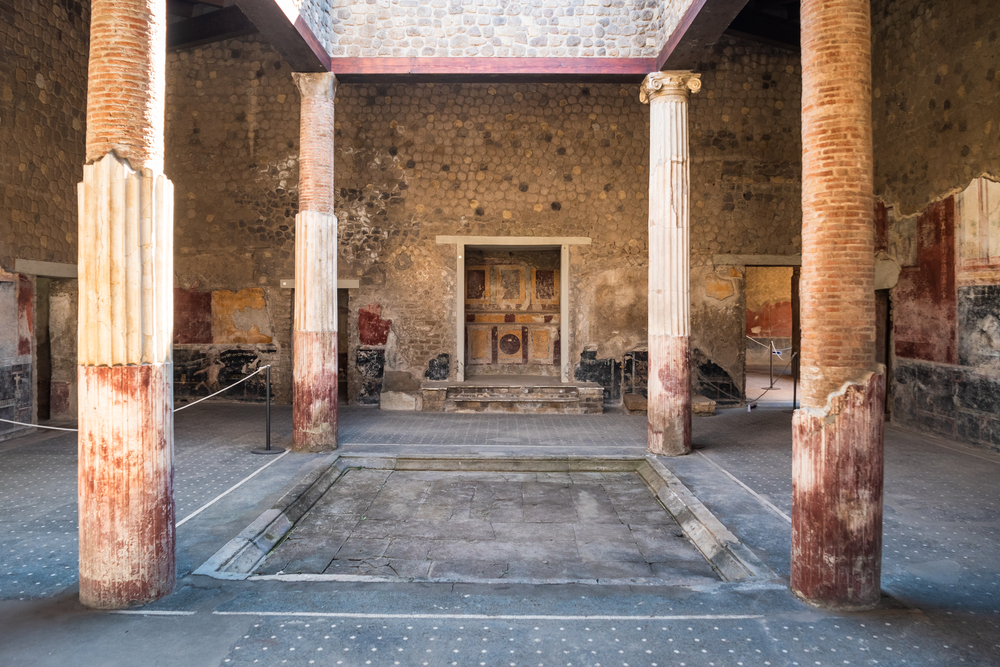
This Roman resort town was buried alongside Pompeii, preserving examples of luxury villa architecture. The volcanic deposits protected elaborate frescoes and mosaics that reveal the tastes of wealthy Romans.
Archaeological excavations have uncovered preserved gardens, complete with planting patterns still visible in the soil. The site offers insights into Roman engineering, including sophisticated water management systems.
The preservation extends to organic materials like wooden furniture and textiles, rarely found at other Roman sites.
Akrotiri
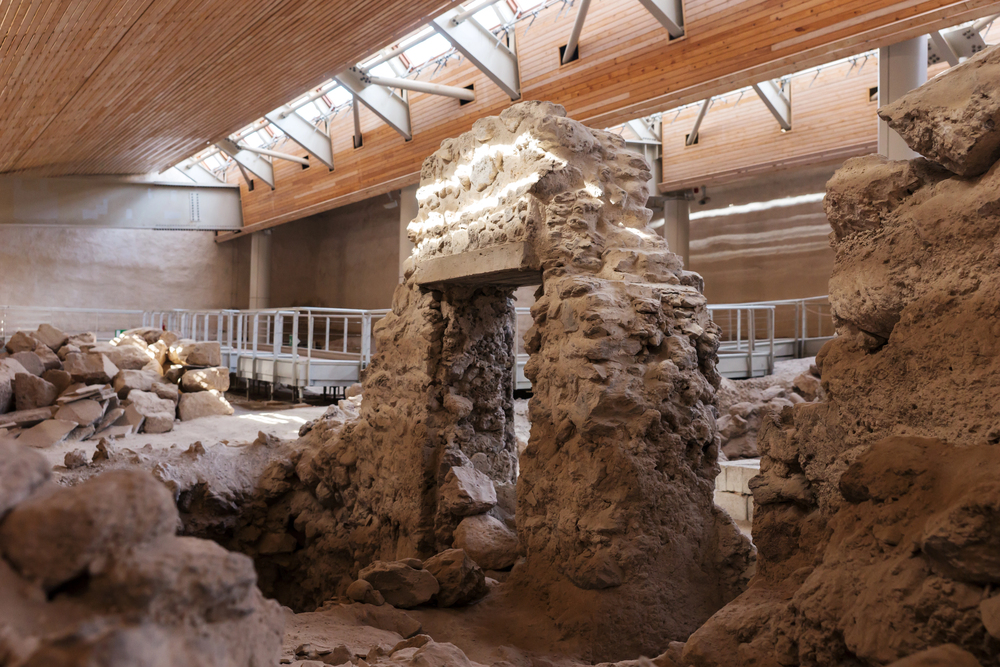
Santorini’s Bronze Age town lies preserved beneath layers of volcanic ash from the massive Theran eruption. The disaster struck so quickly that residents had little time to evacuate, leaving their possessions behind in remarkable condition.
Excavations have revealed three-story buildings with elaborate frescoes and advanced plumbing systems. The site provides evidence of sophisticated urban planning and architecture from the early Bronze Age.
The volcanic ash preserved delicate objects like wooden furniture and fabric that rarely survive from this period.
Angamuco
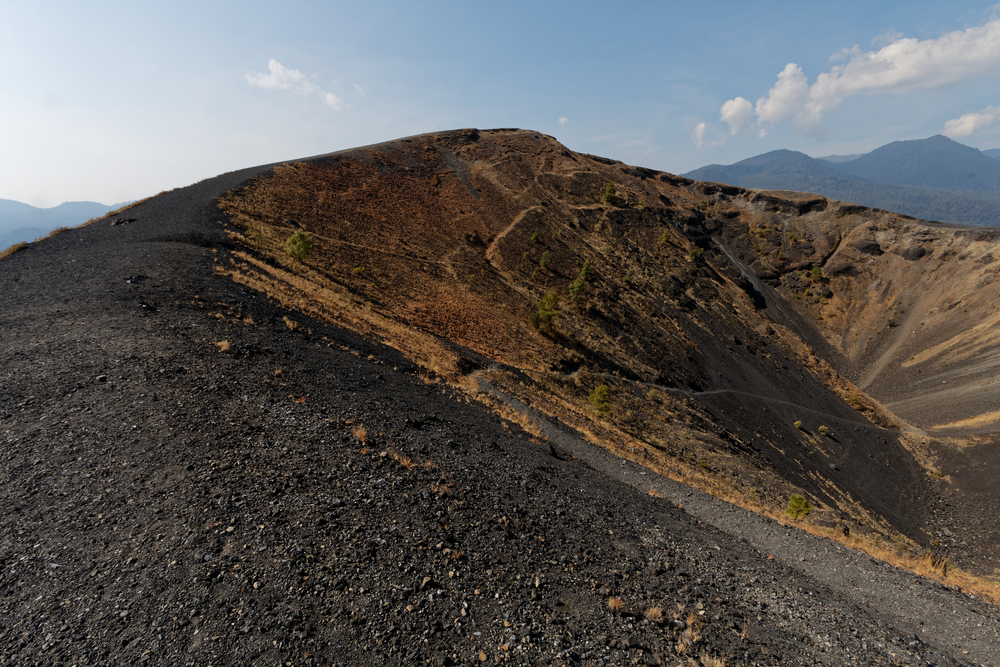
This pre-Hispanic Mexican city disappeared beneath layers of lava from the Parícutin volcano’s eruption. Recent lidar surveys have revealed the extent of the buried city, showing a complex urban layout beneath the volcanic rock.
Archaeological investigations have documented how different types of volcanic deposits affected preservation patterns. The site contains evidence of sophisticated urban planning, including raised platforms and ceremonial structures.
The buried city provides insights into pre-Hispanic urban development in central Mexico.
Like Travel Pug’s content? Follow us on MSN.
Kolmanskop
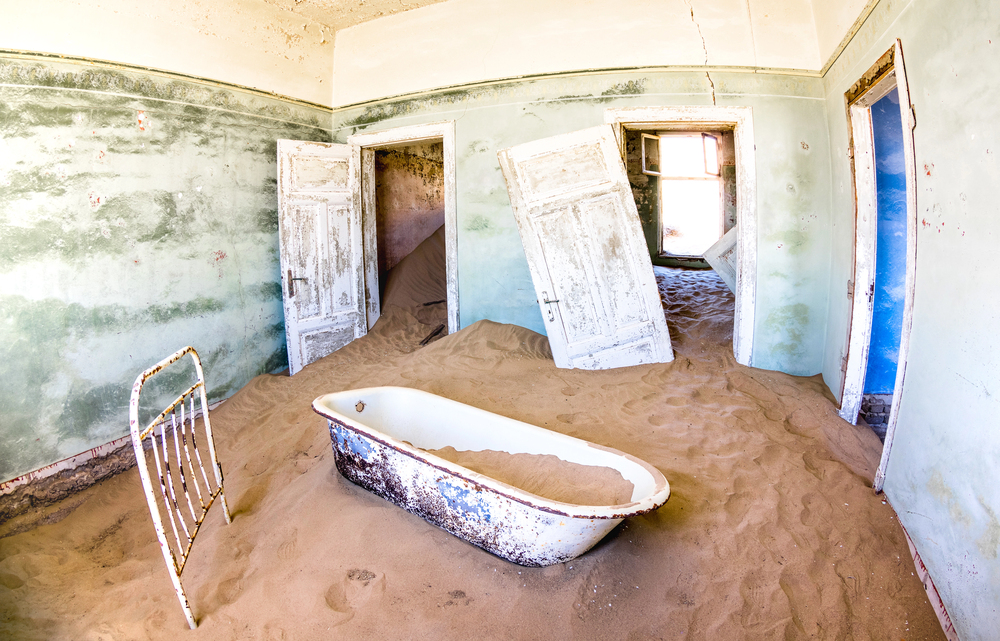
Namibia’s abandoned diamond mining town slowly disappeared beneath the Namib Desert’s shifting dunes. The desert sands that buried the town also preserved its early 20th-century German colonial architecture.
Archaeological surveys have documented how wind-blown sand affected different building materials and structures. The site provides insights into early industrial development in colonial Africa.
The buried town serves as a study site for desert preservation processes.
Callao
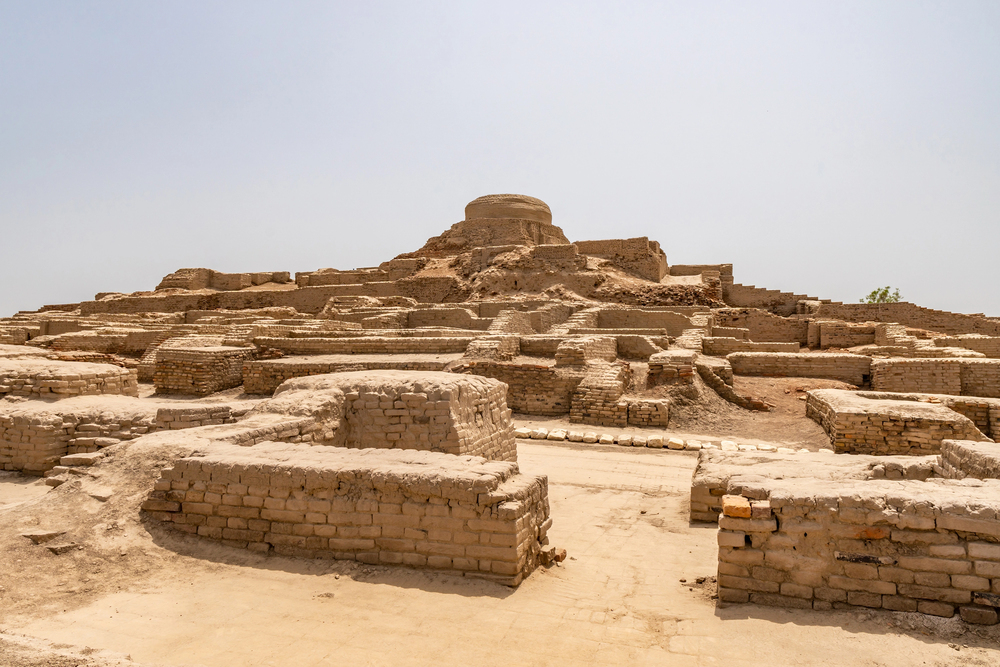
Peru’s historic port district lies buried beneath sediments from numerous El Niño-induced floods. Archaeological excavations have revealed multiple layers of burial, each preserving a different period of the city’s history.
The site contains evidence of both Spanish colonial and pre-Hispanic occupation preserved by flood deposits. Studies of the buried district provide data about long-term climate patterns and their effects on coastal settlements.
The preservation extends to organic materials, protected by the anaerobic conditions created by rapid burial.
Mohenjo-daro
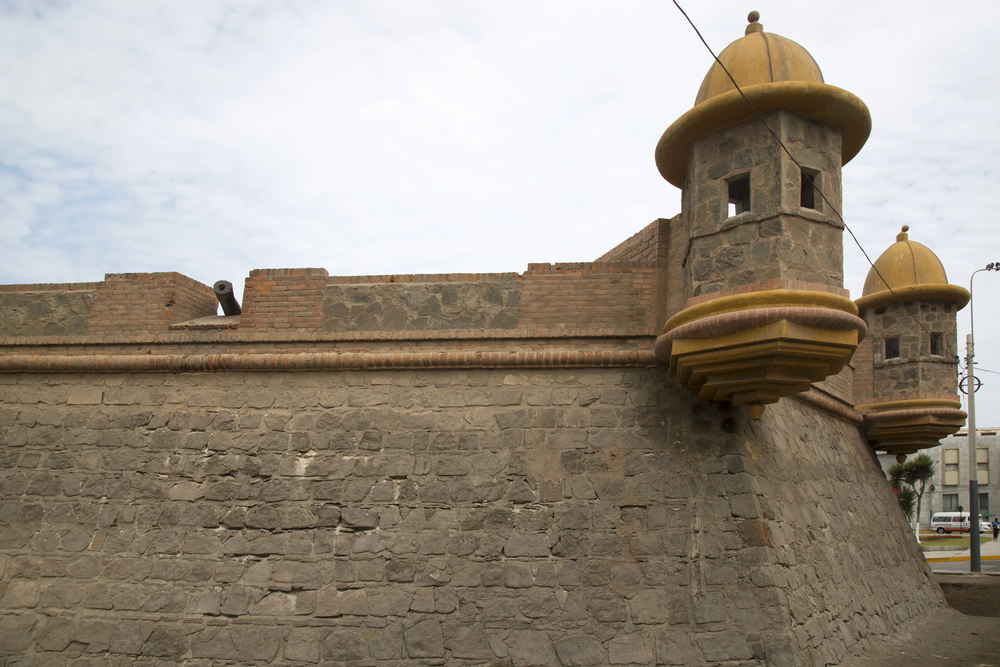
This ancient Indus Valley city lies partially buried by centuries of flood deposits from the Indus River. The silt that covered the city preserved evidence of sophisticated urban planning and engineering.
Archaeological investigations have revealed multiple layers of occupation, each sealed by flood deposits. The site provides insights into early urban development and water management systems.
The burial deposits protect the mud-brick architecture from further deterioration.
Like Travel Pug’s content? Follow us on MSN.
Port Royal
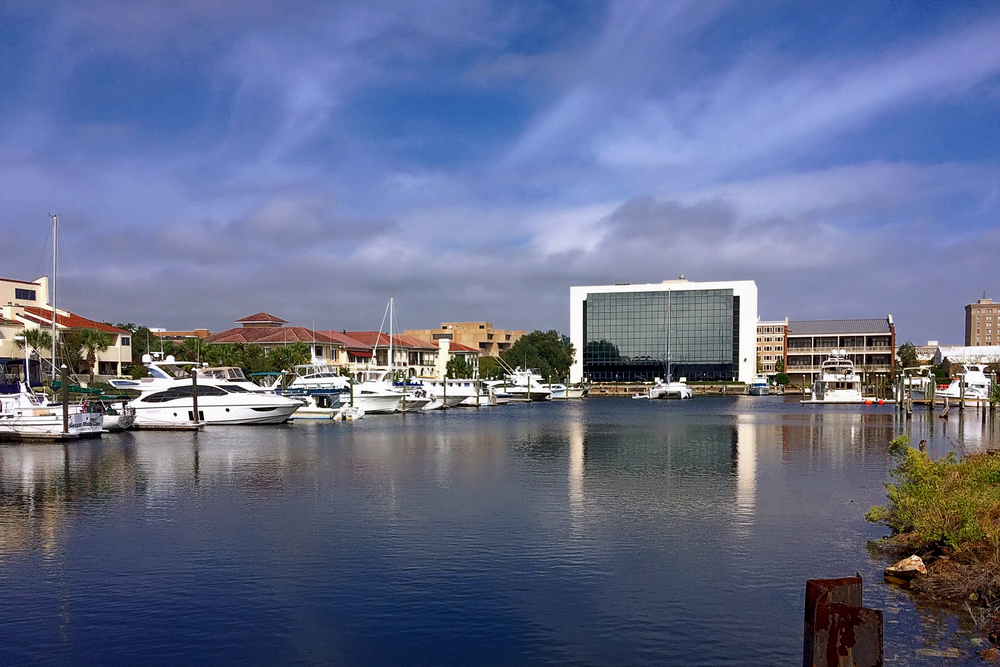
Jamaica’s notorious pirate haven lies buried beneath layers of sand and silt following a 1692 earthquake. The disaster’s quicksand-like soil liquefaction preserved buildings and artifacts in remarkable condition.
Excavations have revealed everyday scenes frozen in time, including food still on tavern tables. The site contains well-preserved organic materials protected by the anaerobic burial environment.
The buried port provides unprecedented insights into 17th-century maritime life.
Old Beichuan
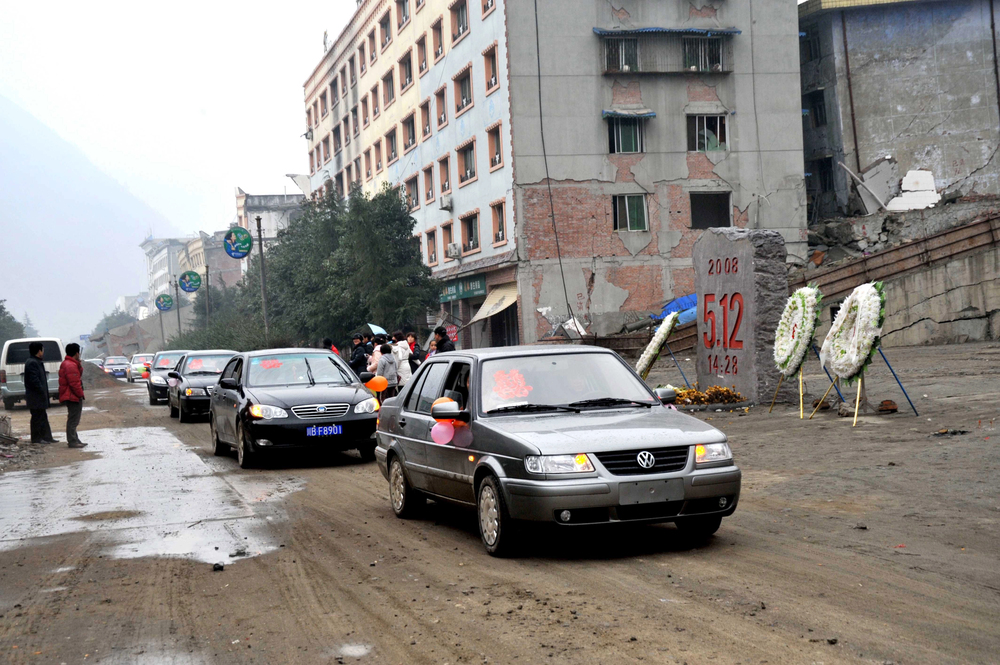
This Chinese town remains buried beneath landslide debris from the 2008 Sichuan earthquake. The disaster preserved a moment in early 21st-century Chinese life, creating a time capsule of a modernizing society.
Archaeological surveys have documented how different building materials responded to burial by landslide deposits. The site serves as both a memorial and a research location for studying earthquake-induced landslides.
The buried town provides valuable data for improving earthquake-resistant construction techniques.
Herculaneum
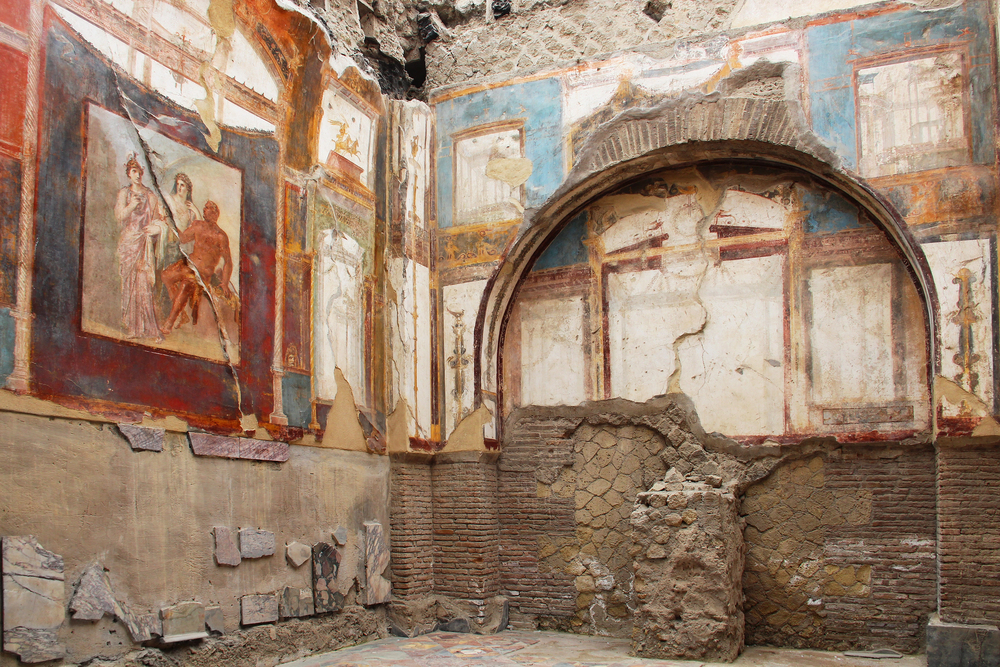
This Roman town’s burial by Vesuvius preserved organic materials rarely found at archaeological sites. The volcanic deposits created perfect conditions for preserving wooden objects, textiles, and food remains.
Excavations have revealed intact wooden furniture and architectural elements, including roof beams and doors. The site provides unprecedented insights into Roman domestic architecture and interior decoration.
The preservation extends to delicate items like papyrus scrolls, carbonized but still legible.
Like Travel Pug’s content? Follow us on MSN.
Zeugma
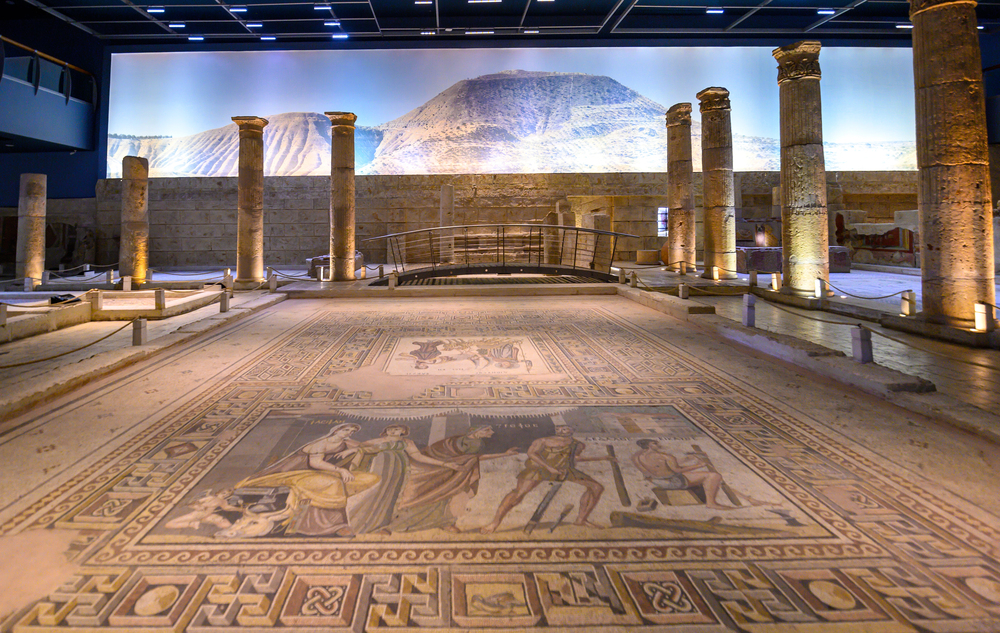
This ancient Roman city lies partially buried by sediments accumulated behind a modern Turkish dam. The burial deposits have preserved elaborate mosaics and frescoes that would otherwise have deteriorated.
Archaeological salvage operations have documented remarkable examples of Roman artistic achievement. The site demonstrates both the preservative and destructive effects of rapid burial.
The underwater portion of the city remains protected beneath layers of sediment.
Pavlopetri
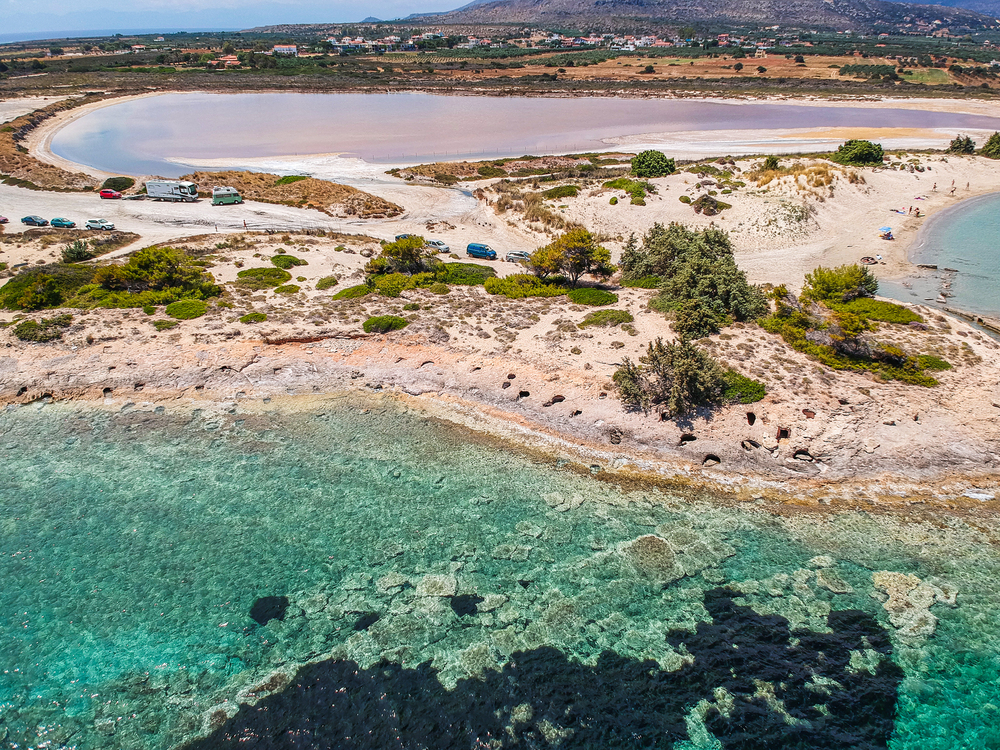
Greece’s oldest submerged town lies buried beneath layers of marine sediment off the Peloponnese coast. The underwater burial has preserved building foundations and artifacts from the Bronze Age. Archaeological surveys have revealed a sophisticated urban plan with streets, buildings, and courtyards.
The site provides unique insights into early Mediterranean urban development. The marine sediments continue to protect the ancient remains from deterioration.
Las Orquídeas
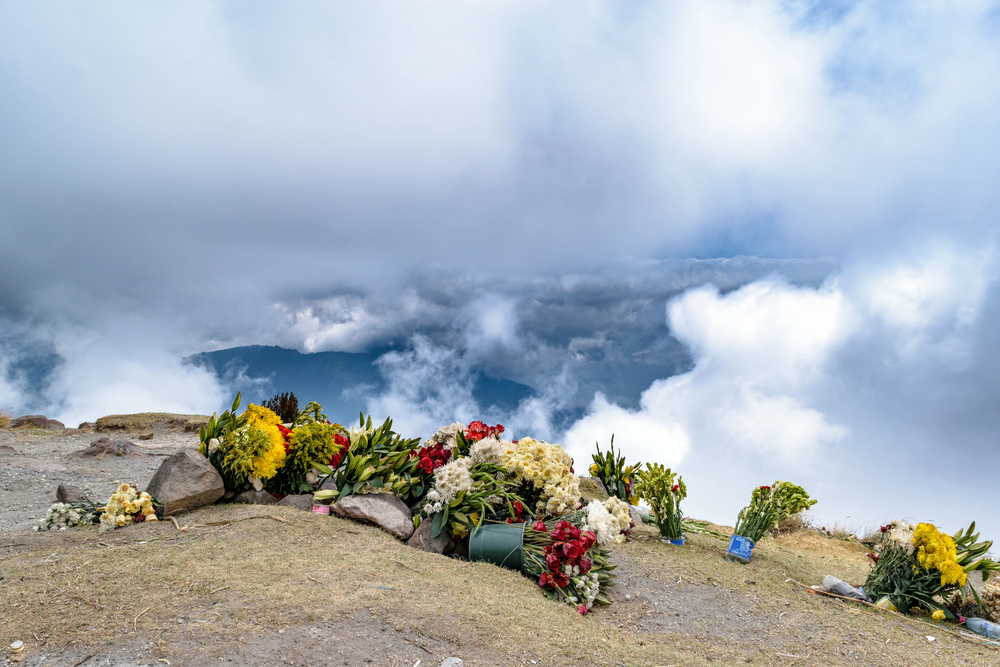
This Guatemalan town disappeared beneath layers of volcanic ash from multiple eruptions of Santa María volcano. The burial preserved evidence of both colonial Spanish and indigenous Maya occupation.
Archaeological investigations have documented how different eruptions created distinct preservation conditions. The site contains well-preserved organic materials protected by rapid burial.
The volcanic deposits provide a timeline of the region’s volcanic activity.
Like Travel Pug’s content? Follow us on MSN.
Time Capsules of Disaster
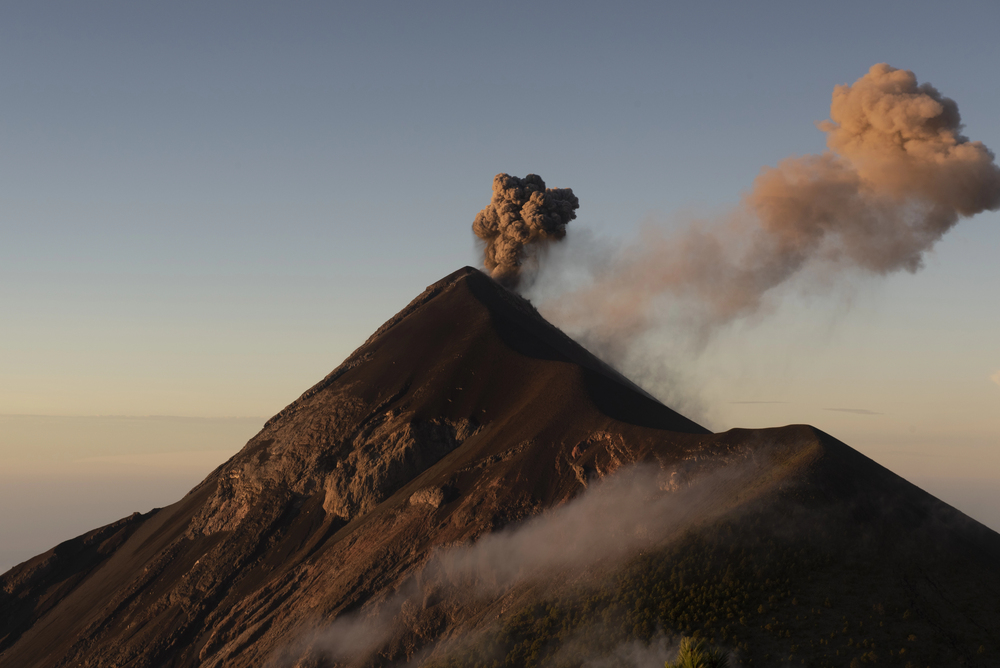
These buried towns serve as unique windows into specific moments in history, preserved by the very forces that destroyed them. Their study continues to provide new insights into both historical societies and natural disaster processes.
Modern technology allows increasingly detailed documentation of these sites without disturbing their protective burial layers. These preserved settlements remind us of nature’s power while providing invaluable opportunities to study the human past.
More from Travel Pug

- 20 Towns Built for One Purpose That Were Later Abandoned
- 15 Hidden Spots in Disney World’s Magic Kingdom Most Visitors Miss
- 15 Most Scenic Walks Anywhere in The World
- 15 Canyons in the U.S. That Are Just as Stunning as the Grand Canyon
- 10 Under-the-Radar Mountain Towns That Are Both Affordable and Beautiful
Like Travel Pug’s content? Follow us on MSN.
